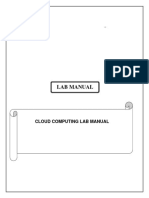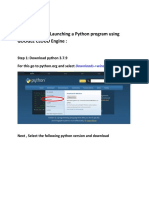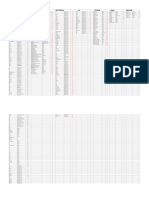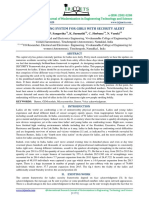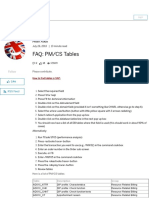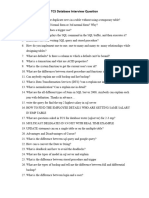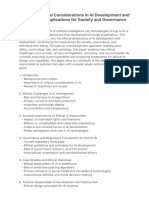0% found this document useful (0 votes)
36 views77 pagesCloud Computing Lab Manual
The document outlines the practical work for the CCS335 - Cloud Computing Laboratory course, detailing various exercises such as creating virtual machines, installing compilers, and deploying web applications using Google App Engine. It includes a bonafide certificate for the student's work and a table of contents listing the practical exercises. Each exercise provides aims, procedures, and results, demonstrating the application of cloud computing concepts.
Uploaded by
jebas5294Copyright
© © All Rights Reserved
We take content rights seriously. If you suspect this is your content, claim it here.
Available Formats
Download as PDF, TXT or read online on Scribd
0% found this document useful (0 votes)
36 views77 pagesCloud Computing Lab Manual
The document outlines the practical work for the CCS335 - Cloud Computing Laboratory course, detailing various exercises such as creating virtual machines, installing compilers, and deploying web applications using Google App Engine. It includes a bonafide certificate for the student's work and a table of contents listing the practical exercises. Each exercise provides aims, procedures, and results, demonstrating the application of cloud computing concepts.
Uploaded by
jebas5294Copyright
© © All Rights Reserved
We take content rights seriously. If you suspect this is your content, claim it here.
Available Formats
Download as PDF, TXT or read online on Scribd
/ 77














